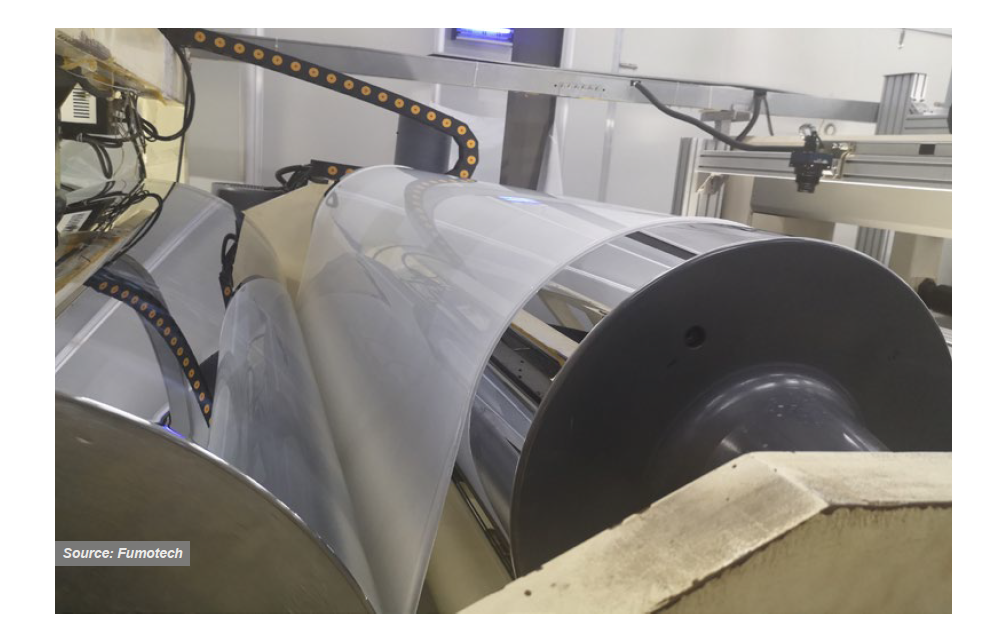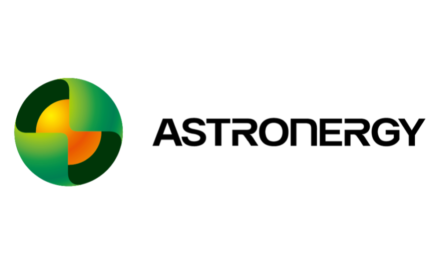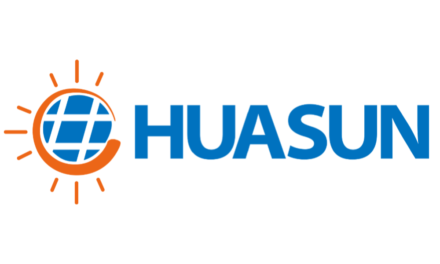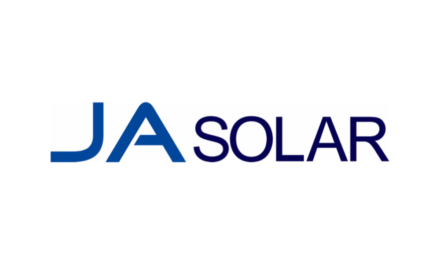- PVDF is a commonly used fluoropolymer for the outer layer of the backsheet due to its high weatherability, UV resistance which makes it an ideal choice for solar modules
- PVDF film prices almost doubles from 2.5 RMB/m2 in 2020 to 4.5 to 5 RMN/m2 in mid 2021, with an all time high of 16 RMB/m2
- The high prices of PVDF resin and film led the backsheet makers look for alternatives such as CPC and non-fluoro mainly PET
- In the Indian market, Chinese companies producing PVDF based backsheets face anti-dumping duties while transparent backsheets are excluded from these duties.
The multilayer structure of the backsheet enables quite a wide variety of backsheet structures. However, these rear covers by and large can be segregated into 2 streams – fluoropolymers and non-fluoropolymers. While the former indicates that at least one layer of the typical 3-layer structure is based on fluoropolymer chemistry, the non-fluoropolymer products are completely free of the halogen. Fluoropolymers have been leading the market traditionally, and are still dominant, while non-fluoropolymers have also started to see some fresh demand as of 2022.
The crux of the backsheet lies in the outer layer, not just because it acts as the first line of defense to protect the module from the weather on the rear side, but the versatility and variety is also wide here. When it comes to the core, PET has been the universal core layer for several decades now. A few backsheet makers have also commercialized products based on alternative core materials such as polyolefin and polyurethane. The coextruded structure of all-PP not only has a different core, but the whole backsheet structure is different. Thus, the topic is exclusively discussed as part of the backsheet developments.
As for the cell side, it is mostly the coating. Be it the inner side or outer, the coatings are often proprietary formulations. Thus, backsheet makers would not provide the details down to the formulation level, leaving little scope for discussion on developments and comparison. Therefore, at the component level, the main topic of interest is the outer layer. Within the fluoropolymers branch, the choice for the outer layer is between PVDF and Tedlar.
PVDF was the leading composite for the outer layer of the backsheet with more than 50% market share until 2020. However, starting in 2021, the demand for PVDF resin from the power storage industry started increasing, as the polymer is also used in lithium ion batteries. As a result, the price of PVDF resin increased from 30,000 RMB to 50,000 RMB per ton in 2020 to 270,000 per ton at its peak. Consequently, the price of PVDF film also increased by 2 or 3 times, said Jolywood’s Marketing Director Chad Yuan. Jiajing Wei from the marketing department of leading PVDF supplier Fumotech provided details at the film level: the price of PVDF film almost doubled from 2.5 RMB/m2 in 2020 to 4.5 to 5 RMB/m2 in mid-2021, even hitting an all-time high of 16 RMB/m2. Crown estimated that the corresponding backsheet price before the increase was 9 to 10 RMB/m2 and hit a peak at 14- 16 RMB/m2, which is an increase of 50%. This also means that when the price of PVDF was at its peak, the backsheet makers completely avoided using the film. However, the price started declining towards the end of 2022 as a result of a decrease in resin prices due to stabilized demand and optimized production and supply. As of the end of last year in 2022, PVDF film prices were about 70% of the 2021 average, i.e., 4.5 to 5 RMB/m2, Fumotech’s Wei said. (see High Price Of PVDF Is The Hot Topic).
However, this close to 2-year period of high prices gave rise to several changes in the backsheet segment. First, PVDF suppliers were hugely impacted. ZTT, one among the well-known PVDF suppliers to the PV industry, exited the business during this period. Fumotech, while still committed to serve the PV industry, saw its shipments being affected adversely. According to Wei, the company shipped 23 GW worth of PVDF films in 2021, which was about 25% lower than 2020, with its projection for 2022 now further lowered to 15 GW. Due to these tough market conditions, the company has also implemented new business strategies such as extending the business to include backsheets (not yet part of the survey), front sheets and a few BIPV related products, explained Wei.
An even more prominent outcome of high PVDF prices is the rise of the CPC structure as the most favored configuration. The high prices also paved the way for the non-fluoropolymer backsheets, such as PET and all-PP coextruded structures, to gain acceptance and make it to the Chinese module makers’ BOM lists. Therefore, a couple of Chinese backsheet makers have also started promoting such structures aggressively.
PVDF is also facing some difficulty in the Indian market. Like other fluoropolymers-based backsheets, those based on PVDF from China are facing antidumping duties in India. The Indian Ministry of Finance had imposed anti-dumping duties in June 2022 as a result of an investigation against Chinese companies. While the products from Jolywood and Sunwatt are levied a duty of $762/MT, it is $908/ MT for products from any other Chinese backsheet supplier. However, transparent backsheets are excluded from these duties.
For more details, download the TaiyangNews 4th Market Survey on Backsheets and Encapsulation for free here.















